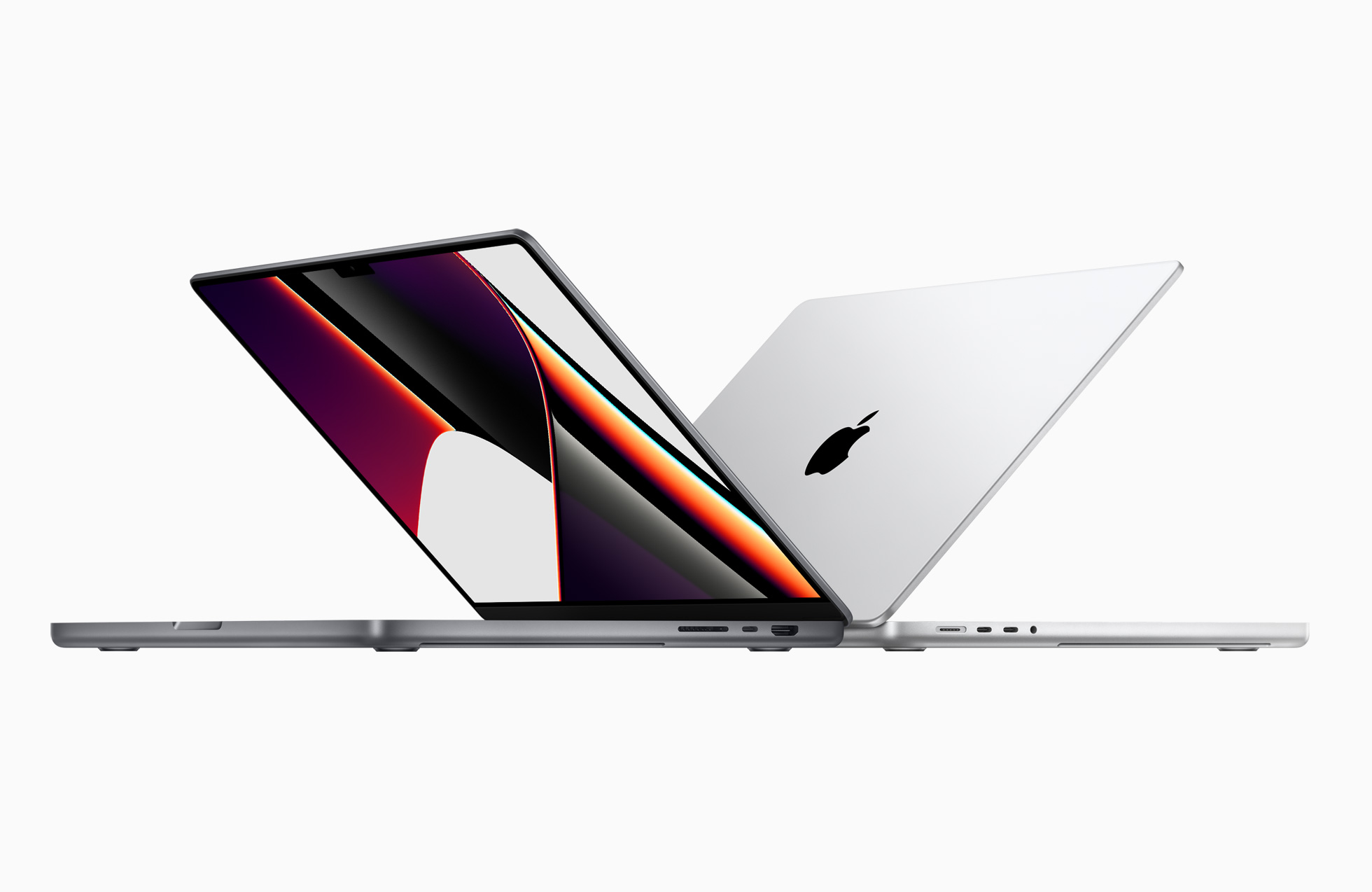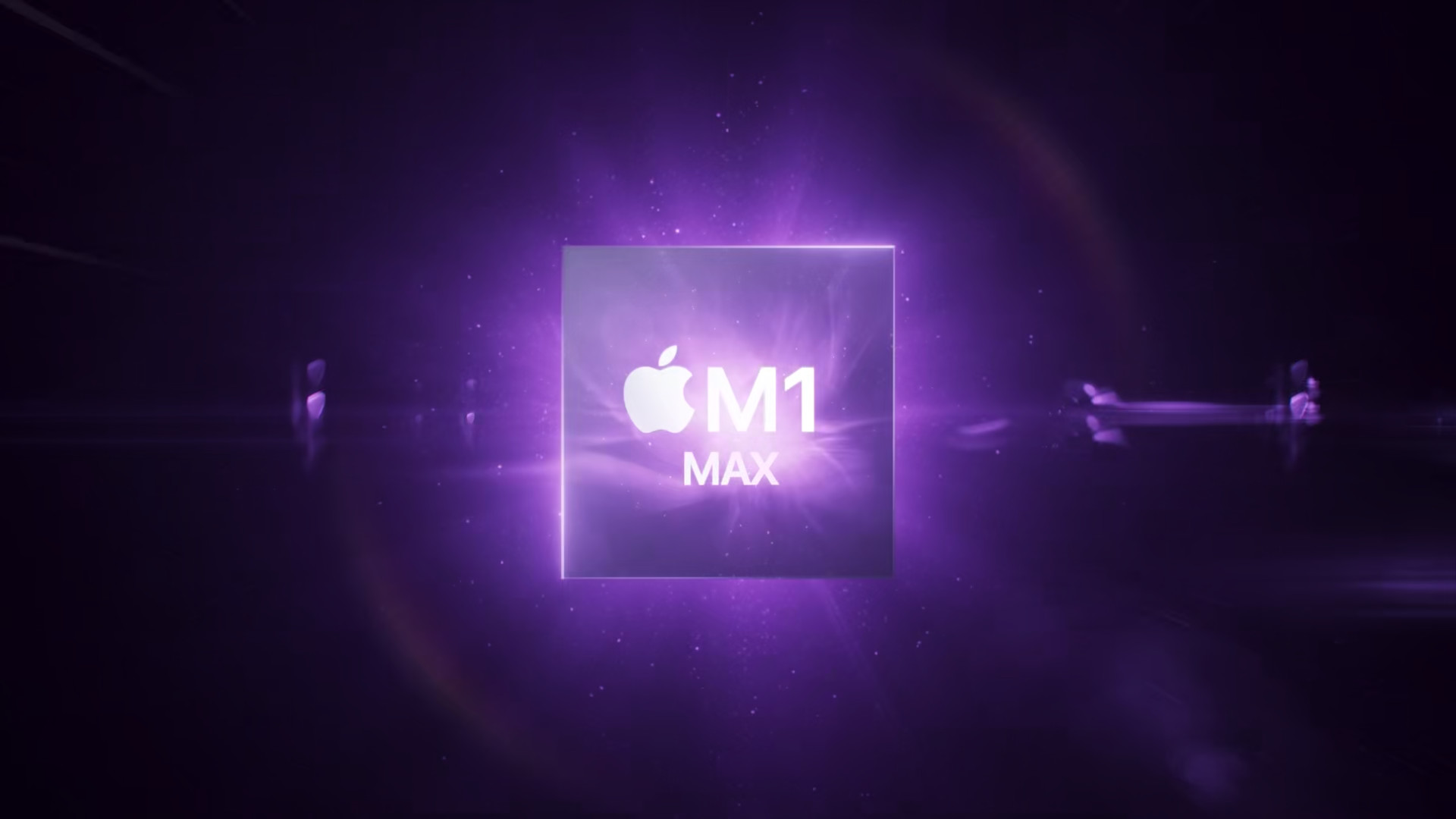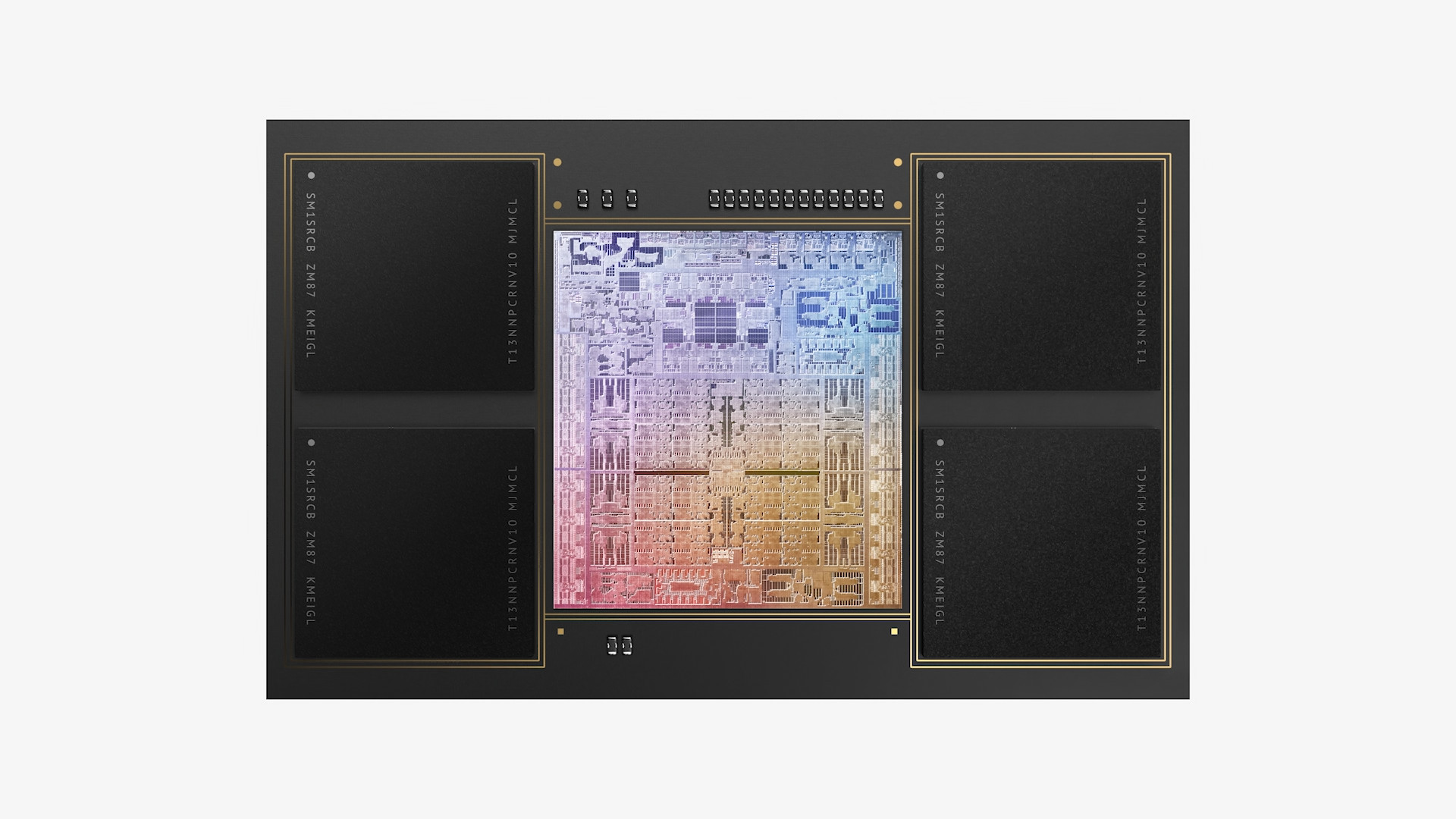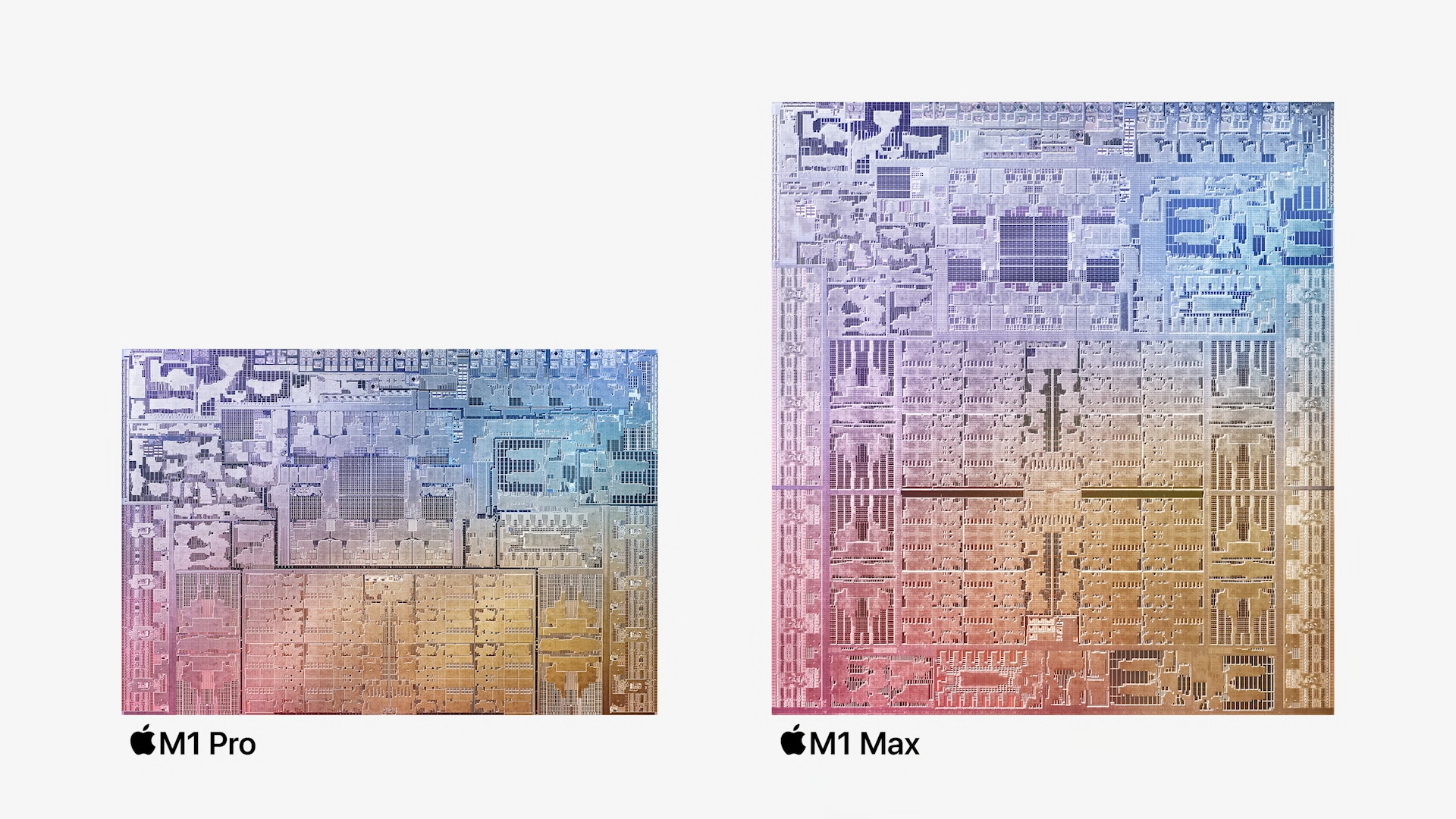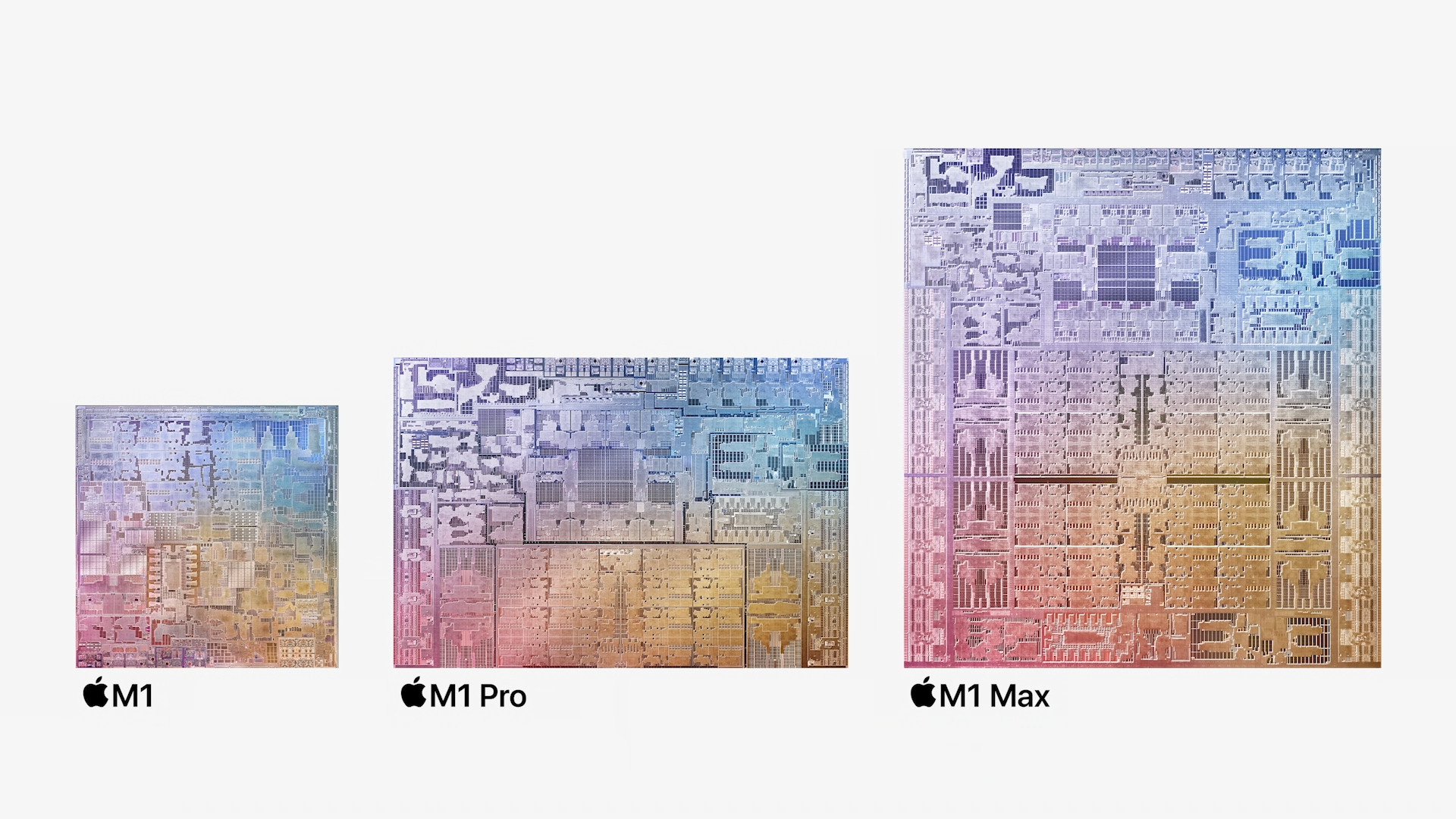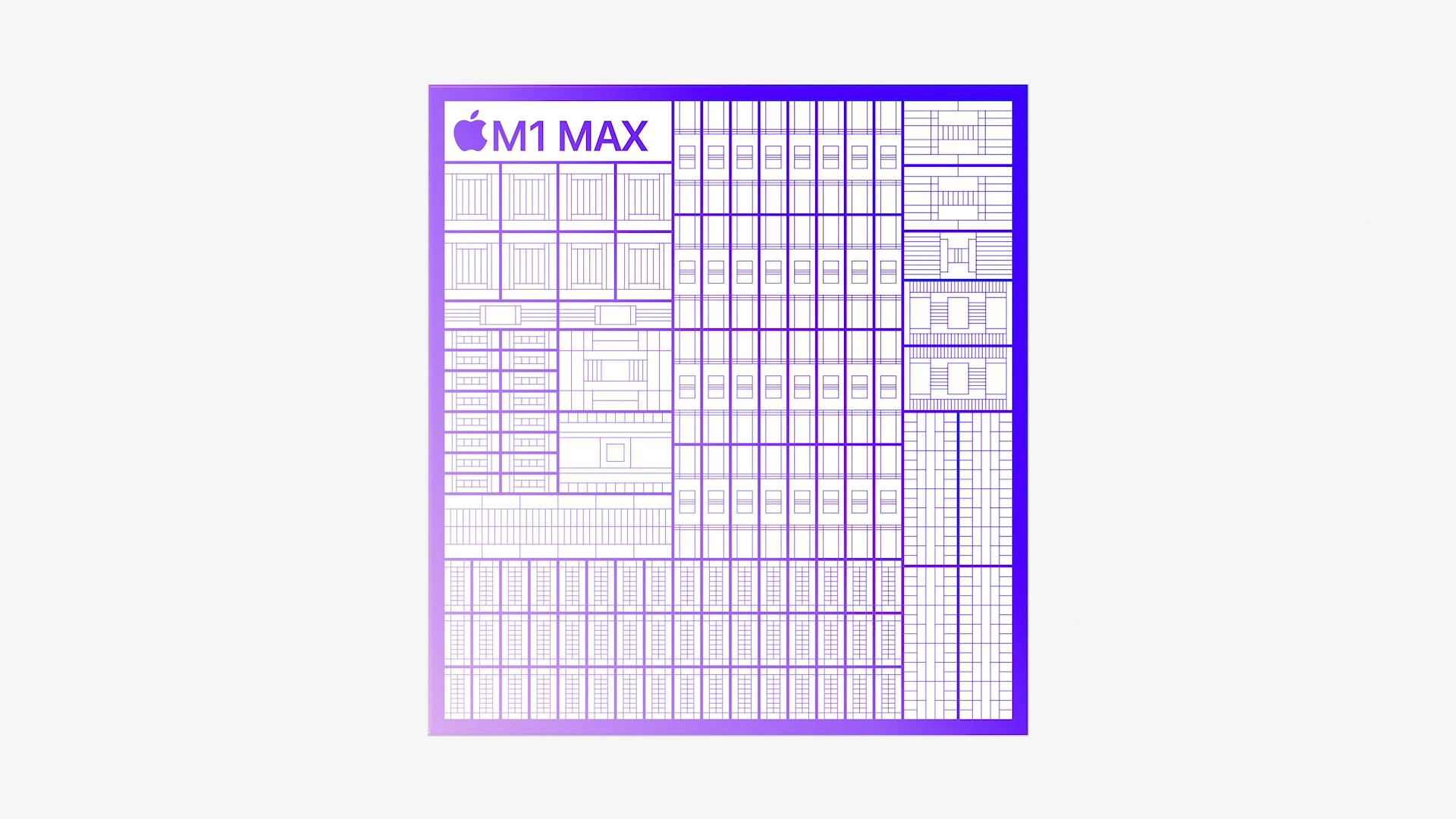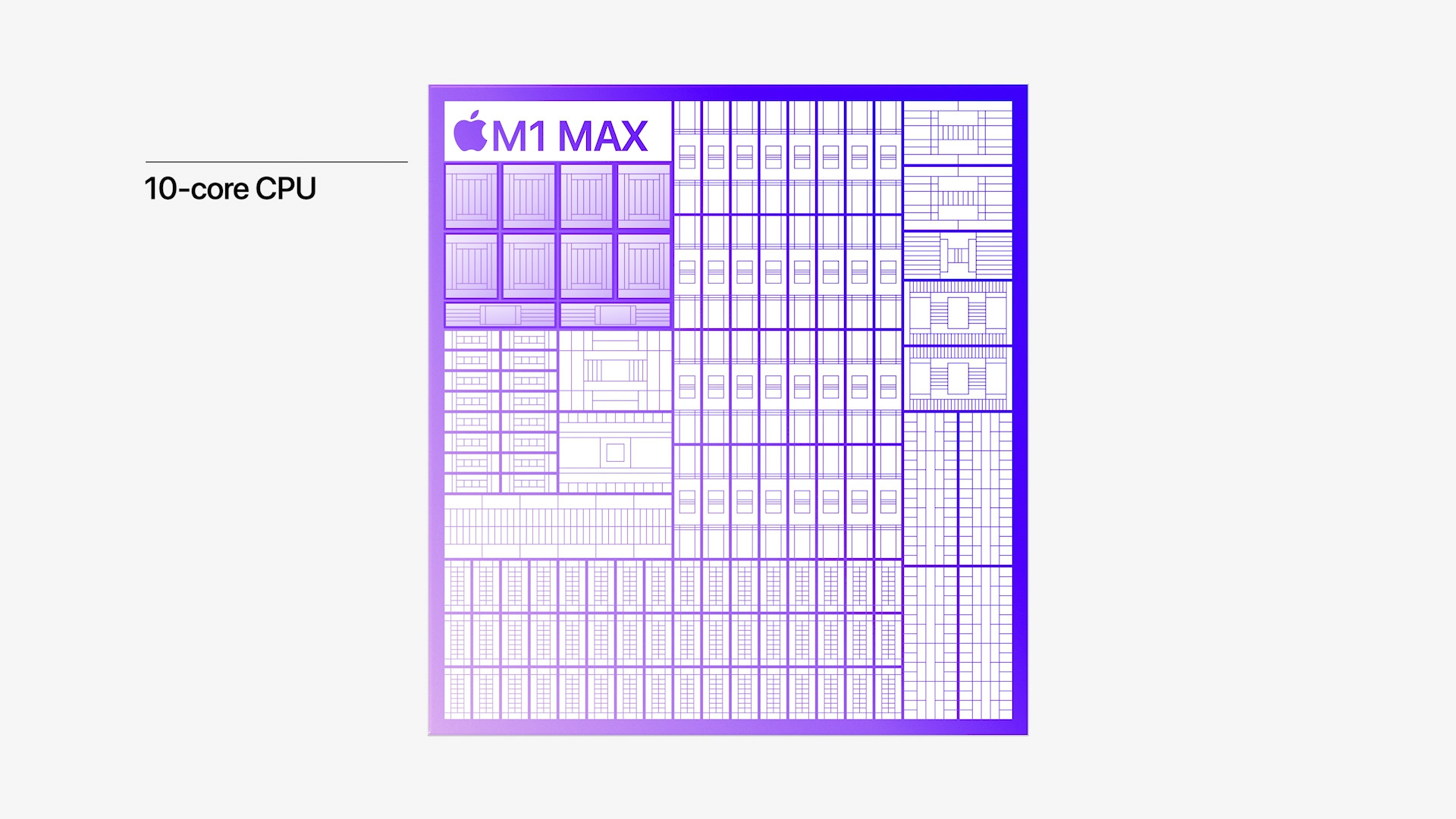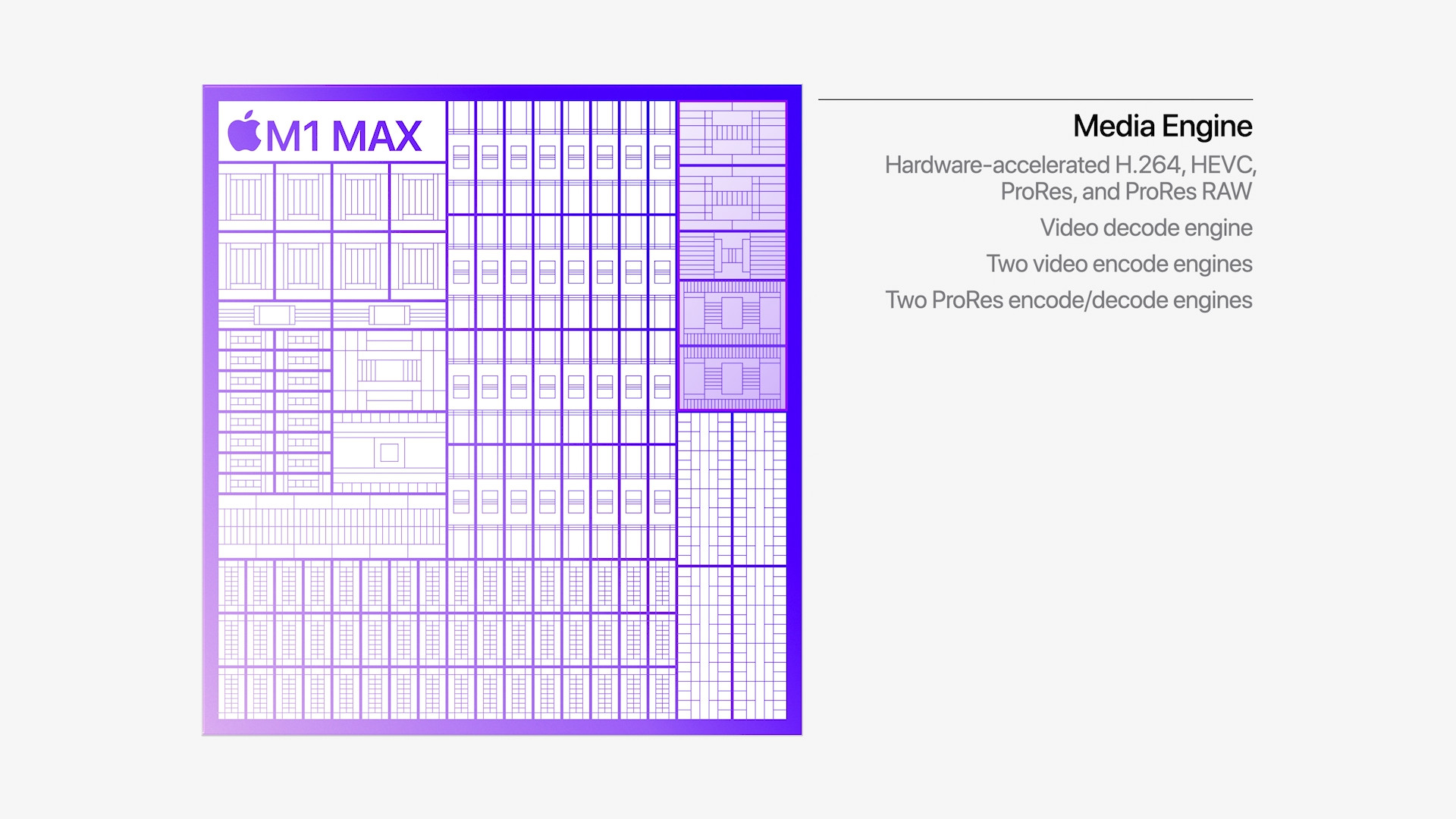Apple has shown us again that there is no point in questioning its Apple Silicon project. The latter experienced a promising start already with the M1 chip, which is now being followed up by two other candidates, M1 Pro and M1 Max, thanks to which the performance moves several levels higher. For example, the most powerful 16″ MacBook Pro with the M1 Max chip even offers up to a 10-core CPU, 32-core GPU and 64 GB of unified memory. Currently, it already offers two types of chips – M1 for basic models and M1 Pro/Max for more professional ones. But what will follow?
The Future of Apple Silicon
It is now clear that the future of Apple computers lies in a project called Apple Silicon. Specifically, these are the Cupertino giant's own chips, which it designs itself, thanks to which it can perfectly optimize them even in relation to its products, i.e. operating systems. But initially the problem was that the chips are based on the ARM architecture, because of which they cannot cope with Windows virtualization, and applications that were developed for earlier Macs with Intel must be compiled through the Rosetta 2 tool. However, this problem will disappear completely over time, however, there is of course a question mark hanging over the virtualization of other OSes.
The M1 Max chip, the most powerful chip from the Apple Silicon family to date:
As we mentioned in the introduction, Apple currently has both basic and professional models of its computers covered. Of the professional ones, only the 14″ and 16″ MacBook Pros are available so far, while the other machines, namely the MacBook Air, Mac mini, 13″ MacBook Pro and 24″ iMac, only offer the basic M1 chip. Even so, they were able to significantly exceed previous generations with Intel processors. At the very presentation of the Apple Silicon project, the apple giant announced that it would complete the complete transition from Intel to its own platform within two years. So he has "only" one year left. At the moment, however, it is easy to count on the fact that the M1 Pro and M1 Max chips will find their way into devices such as the iMac Pro.
The most powerful Mac ever
However, there are also discussions in Apple circles about the future of the Mac Pro. Since this is the most powerful Apple computer ever, which targets only the most demanding users (which is also reflected in the price of 1,5 million crowns), the question is how Apple can replace its professional components in the form of Intel Xeon processors and graphics cards AMD Radeon Pro. In this direction, we return to the current presentation of the new 14″ and 16″ MacBook Pros. It is with those that the Cupertino giant was able to noticeably increase their performance, and we can therefore count on the fact that something similar will happen in the case of the Mac Pro as well.

So, in the end, it could look like next year will reveal a brand new Mac Pro, which will be powered by the next generation of Apple Silicon chips. Moreover, since these chips are significantly smaller and more energy efficient, it is understandable that the device will not have to be quite so large. For a long time, various concepts have been circulating on the Internet, in which the Mac Pro is depicted as a tiny cube. However, cutting out Intel completely may pose a greater risk. For this reason, it is at the same time possible that Mac Pro with an Intel processor and an AMD Radeon Pro GPU will continue to be sold alongside this little one, either current or upgraded. Only time will tell how it will actually be.
It could be interest you
